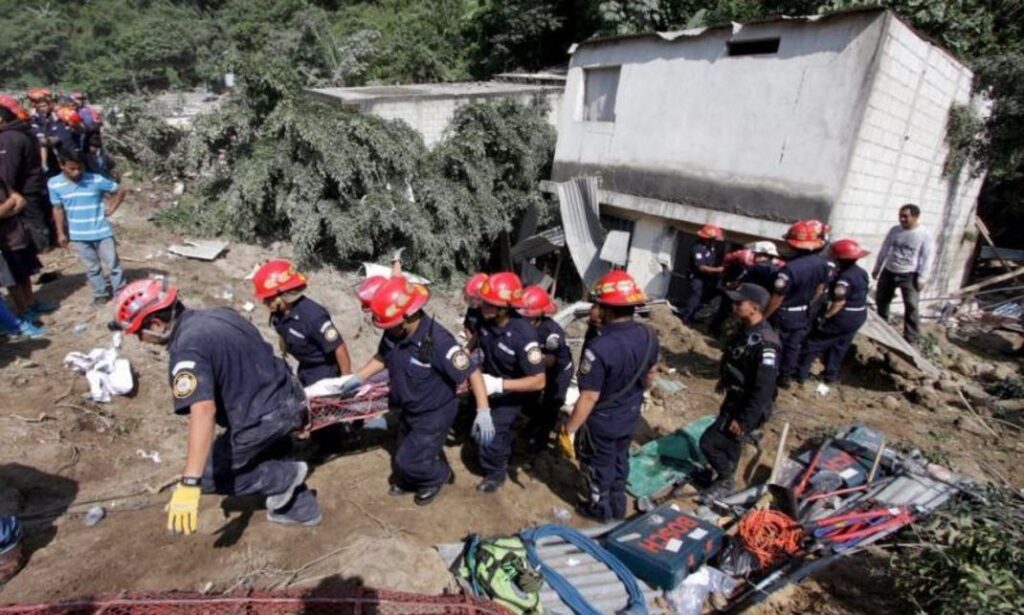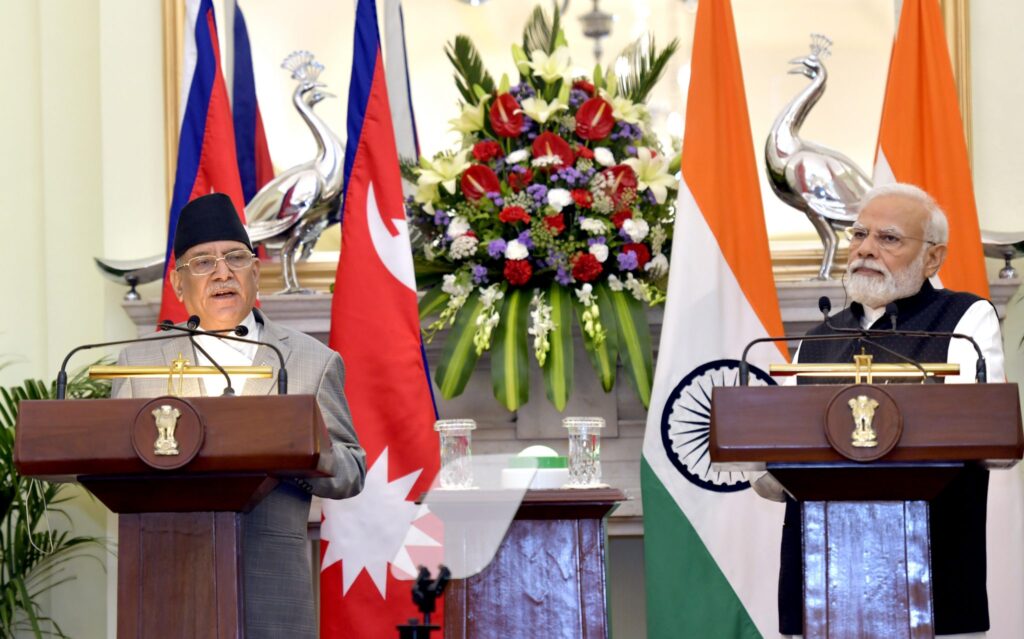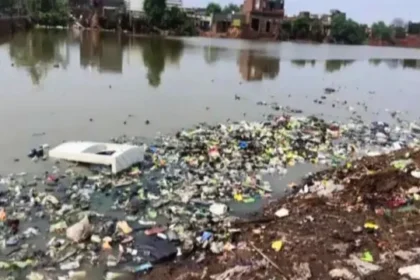The Nepal crisis has emerged as one of the most pressing regional issues in South Asia, with implications not just for Nepal but also for India’s national affairs, government policy, and development strategy. As India continues to redefine its role in regional diplomacy, the Nepal crisis offers a powerful case study in balancing national development, humanitarian responsibility, and foreign policy.
In this comprehensive blog (over 2500 words), we will explore the historical roots of the Nepal crisis, analyze its impact on India’s national interests, and evaluate how the Indian government’s policy responses shape both bilateral relations and the broader framework of national development. This article also integrates insights from NITI Aayog reports, PIB releases, and real-life stories, making it a one-stop resource for readers seeking India news, latest updates, and long-term analysis.
Historical Background – Nepal’s Political and Economic Fragility
Nepal, a landlocked nation nestled between India and China, has historically faced political instability and economic fragility. The 1990s ushered in democratic reforms, but governance challenges persisted. By the early 2000s, the Maoist insurgency escalated, leading to a decade-long civil war that cost more than 17,000 lives.
India played a crucial role as a mediator during the 2006 peace process, pushing for Nepal’s transition into a republic. Yet, Nepal’s fragile coalition governments, uneven development, and reliance on remittances (contributing nearly 24% of GDP) left the economy vulnerable.
Key Fact: According to the World Bank, nearly 25% of Nepal’s population lives below the poverty line, making crises even more devastating.
Triggers of the Current Nepal Crisis
The Nepal crisis today is multi-dimensional, involving political, economic, and humanitarian factors. Among the primary triggers are:
- Constitutional Disputes (2015 onwards): Ethnic groups like the Madhesis argued the constitution marginalized them. India voiced concerns, leading to a border blockade that worsened fuel and food shortages.
- Economic Dependence: Nepal imports over 60% of its goods from India, making it highly susceptible to border disruptions.
- COVID-19 Pandemic: The pandemic devastated tourism, which accounts for nearly 8% of Nepal’s GDP, and strained healthcare resources.
- Geopolitical Pressures: China’s increased presence in infrastructure projects and aid has deepened the geopolitical tug-of-war.
India Latest Update (PIB, 2023): India pledged over ₹1,200 crore in grants and aid to support Nepal’s recovery post-pandemic, reflecting its commitment to bilateral stability.
India’s response blends humanitarian aid, diplomatic engagement, and policy recalibration. The Indian government policy focuses on:
- Humanitarian Support: Supplying vaccines, essential medicines, and food grains during emergencies.
- Diplomatic Mediation: Encouraging political dialogue among Nepal’s factions while safeguarding India’s security interests.
- Development Projects: Investments in cross-border railways, roads, and power transmission lines to strengthen connectivity.
- Strategic Balancing: Managing China’s influence in Nepal through stronger people-to-people ties.
In 2021, India sent 1 million doses of COVID-19 vaccines under the “Vaccine Maitri” initiative, reinforcing health diplomacy.
National Development Impact on India
The Nepal crisis is not an isolated event—it has direct consequences for India’s national development and policy landscape:
- Border States: Bihar, UP, and West Bengal share open borders with Nepal. Any crisis leads to migration surges, impacting local resources.
- Energy Security: Nepal’s hydropower potential (estimated at 83,000 MW) could be a boon for India’s energy diversification. Instability delays these projects.
- Trade Disruption: Nepal is India’s largest trading partner in South Asia. Any disruption reduces India’s regional trade leadership.
- Security Concerns: Political instability increases risks of smuggling, insurgency, and cross-border tensions.
NITI Aayog Report (2022): Highlighted that regional stability directly influences India’s GDP growth by 0.5-0.7% annually through trade and energy cooperation.

Real-Life Stories – People Impacted by the Nepal Crisis
- A Rural Teacher in Bihar: Rajesh Kumar, a government school teacher near the Indo-Nepal border, shares how frequent fuel shortages in Nepal increased smuggling activities across his village. This not only strained border security but also disrupted local schooling schedules.
- Tourism Entrepreneur in Kathmandu: Maya Gurung, who ran a trekking company, lost her livelihood during the pandemic. India’s aid packages and eventual revival of cross-border flights gave her business a second chance.
- Healthcare Worker in Uttar Pradesh: During the COVID-19 surge, Dr. Anjali Singh treated several Nepali patients who crossed the border due to shortages. She highlights the need for integrated India-Nepal healthcare collaborations.
India’s Government Reforms LinKed to Nepal’s Stability
India’s domestic policies also intersect with Nepal’s crisis management. Key reforms include:
- Neighbourhood First Policy: Prioritizing aid and infrastructure development in neighboring nations.
- National Education Policy (NEP) 2020: Expanding scholarships for Nepali students to study in India, building goodwill.
- Energy Diplomacy: Fast-tracking hydropower purchase agreements.
- Digital India Initiatives: Collaborations on e-governance to modernize Nepal’s institutions.
Fact: Over 30,000 Nepali students enroll in Indian universities annually, reinforcing cultural and educational diplomacy.
Forward-Looking Analysis – What Lies Ahead ?
The Nepal crisis presents both challenges and opportunities for India. Looking ahead:
- Strengthening Bilateral Ties: India must balance humanitarian support with respect for Nepal’s sovereignty.
- Harnessing Hydropower: Accelerating energy projects will mutually benefit both nations.
- Regional Leadership: India’s handling of Nepal’s crisis will define its role in South Asian stability.
- People-to-People Diplomacy: Enhanced cultural exchange programs can reduce anti-India sentiment in Nepal.
Projection: By 2030, experts estimate India-Nepal trade could double if stability returns, boosting India’s national development goals.
Actionable Guidance for Readers
- Students: Explore scholarships under India’s NEP 2020 for Nepali citizens—building future-ready careers.
- Professionals: Engage in cross-border entrepreneurship, especially in tourism and digital services.
- Policy Enthusiasts: Follow PIB and NITI Aayog reports to understand how national affairs influence regional development.











